
DUSK: A Retro FPS Masterpiece
Contents
The indie game scene’s obsession with nostalgia can be a double-edged sword. Often, both developers and players view retro games through rose-tinted glasses, praising the “good old days” while ignoring limitations in technology and design. This has led to two types of retro-inspired games: those that seamlessly blend classic elements with modern sensibilities (like Shovel Knight) and those that faithfully recreate every outdated flaw (like Yooka-Laylee). DUSK, a recent FPS, not only embraces the former approach but also demonstrates how creative innovation can transcend any limitations.
 DUSK Title Screen
DUSK Title Screen
Embracing the Retro Aesthetic
From the moment you launch DUSK, the game’s retro inspiration is undeniable. A mock DOS interface with version number 6.66, accompanied by the whir of a hard drive and a Quake-esque soundtrack, greets you. The customization options further enhance this retro feel, with preset color palettes mimicking the synthwave hues of Far Cry 3: Blood Dragon, the monochrome aesthetic of Betrayer, and the darkness of the 2013 Rise of the Triad remake. For the truly nostalgic, eight pixelation levels are available, culminating in graphics reminiscent of 007 Nightfire on the Game Boy Advance.
Fast-Paced, Skill-Based Combat
Unlike DOOM (2016), which reimagined classic gameplay within a modern AAA framework, DUSK wholeheartedly embraces the core mechanics of its predecessors. The result is a game with tight, exhilarating gameplay loops. You move with blistering speed, strafe jumping is effortless, and the weapons pack a satisfying punch. Enemy projectiles, while slow-moving and easily dodged, inflict significant damage, emphasizing the importance of skillful movement and weapon management.
Your advantages in DUSK aren’t arbitrary; they’re tools to maximize your combat prowess. The breakneck speed allows for dynamic positioning and effective weapon switching, while dodging enemy fire becomes a dance of slides and jumps.
Strategic Arsenal and Level Design
Many modern retro FPS games struggle to balance their weapon arsenals. While DOOM (2016) features fast-paced combat, the high enemy health pools often prioritize high-damage weapons, making encounters predictable. DUSK avoids this pitfall. With meticulously crafted levels and strategically placed weapons and ammunition, resource management becomes paramount. You must adapt to each encounter, choosing the right tool for the job based on enemy type and available resources.
Do you waste precious shotgun shells on slow-moving Wizards, or conserve them for the explosive Welders? Are high-damage weapons like the Rivet Gun effective against the agile Priestesses, or is a well-timed sword slash more efficient? These strategic considerations are woven into the fabric of DUSK’s gameplay, adding depth and replayability.
The level design further enhances this strategic element. From tight corridors that can quickly become death traps to sprawling open areas reminiscent of Half-Life‘s Crossfire, each environment presents unique challenges and opportunities. The classic color-coded key system guides your progression while maintaining a brisk pace. The levels also feature clever surprises, like a false exit leading to a bloody wall and the chilling laughter of unseen enemies.
A Descent into Madness
DUSK’s aesthetic draws heavily from 90s FPS titles. The first episode, The Foothills, begins as a straightforward escape from a bleak farm, leading through churches, mines, and ultimately culminating in… well, that would be spoiling the surprise. The Foothills’ environments evoke the logical, real-world designs of Build Engine games like Blood and Shadow Warrior.
However, the subsequent episodes shift towards a more abstract, Quake-inspired aesthetic, blending industrial landscapes with gothic, Lovecraftian, and medieval influences. DUSK doesn’t strive for realistic environments; instead, it aims to create a sense of disorientation and dread, hinting at forces beyond comprehension. This stylistic shift reflects the technological advancements of the 90s, where increasingly sophisticated graphics coincided with less wildly creative level design.
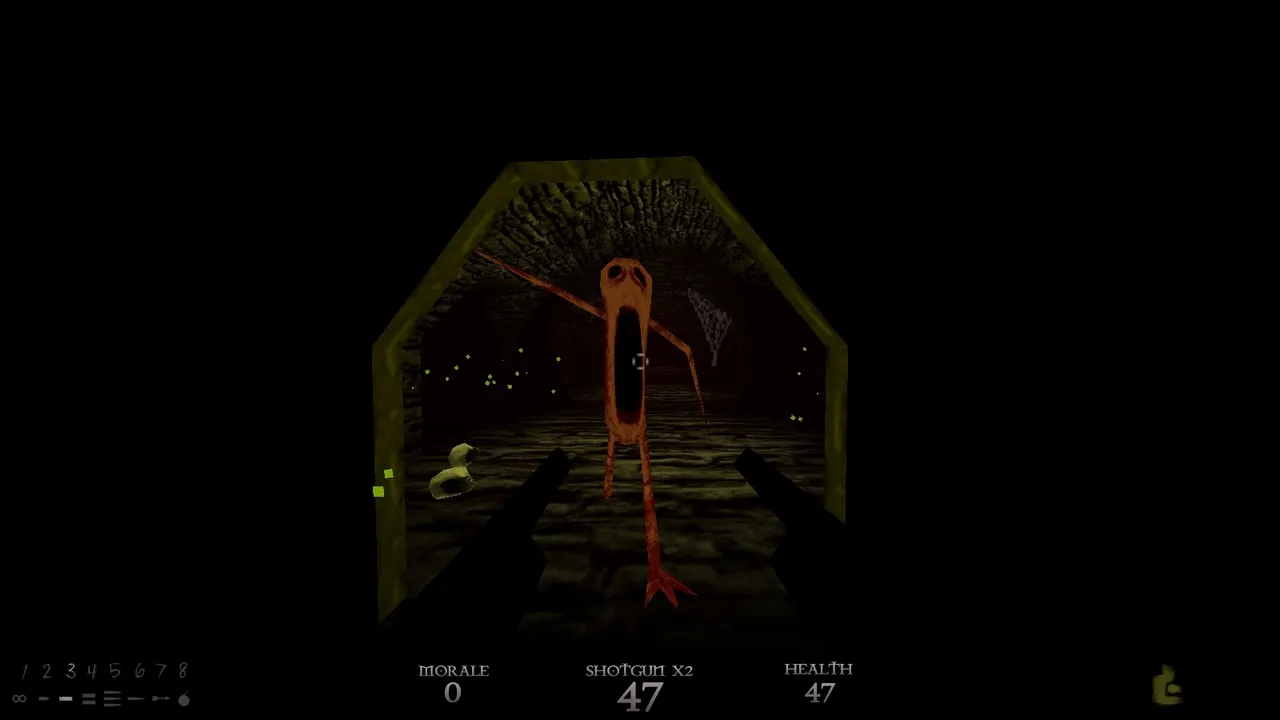 DUSK Enemy
DUSK Enemy
Modern Horror Sensibilities
While DUSK embraces classic FPS gameplay, its horror influences are undeniable. The eerie atmosphere is just the beginning. The game masterfully uses player expectations to deliver unsettling surprises. A seemingly innocuous door might reveal a blood-smeared wall, while unseen enemies lurk just around the corner.
The enemy design also draws heavily from horror. The first encounter with the Wendigo is foreshadowed by a bloody message and the sound of its approach, leaving the player vulnerable and on edge. The game even employs classic horror tropes like conveniently malfunctioning flashlights before unleashing terrifying creatures.
Despite developer David Szymanski’s aversion to traditional boss battles, DUSK features several frantic and well-designed encounters. From the Super Bomberman R-esque Guardian fight to the aerial platforming against Mama and the challenging Big John encounter, each boss battle offers a unique and memorable experience.
A Retro Triumph
With a tight 8-hour campaign, DUSK never overstays its welcome. Its evocative atmosphere, excellent level design, polished gameplay, and sparing use of jump scares create a cohesive and engaging experience. Andrew Hulshult’s frenetic soundtrack perfectly complements the game’s focus on quality over quantity, resulting in a truly exceptional retro FPS.
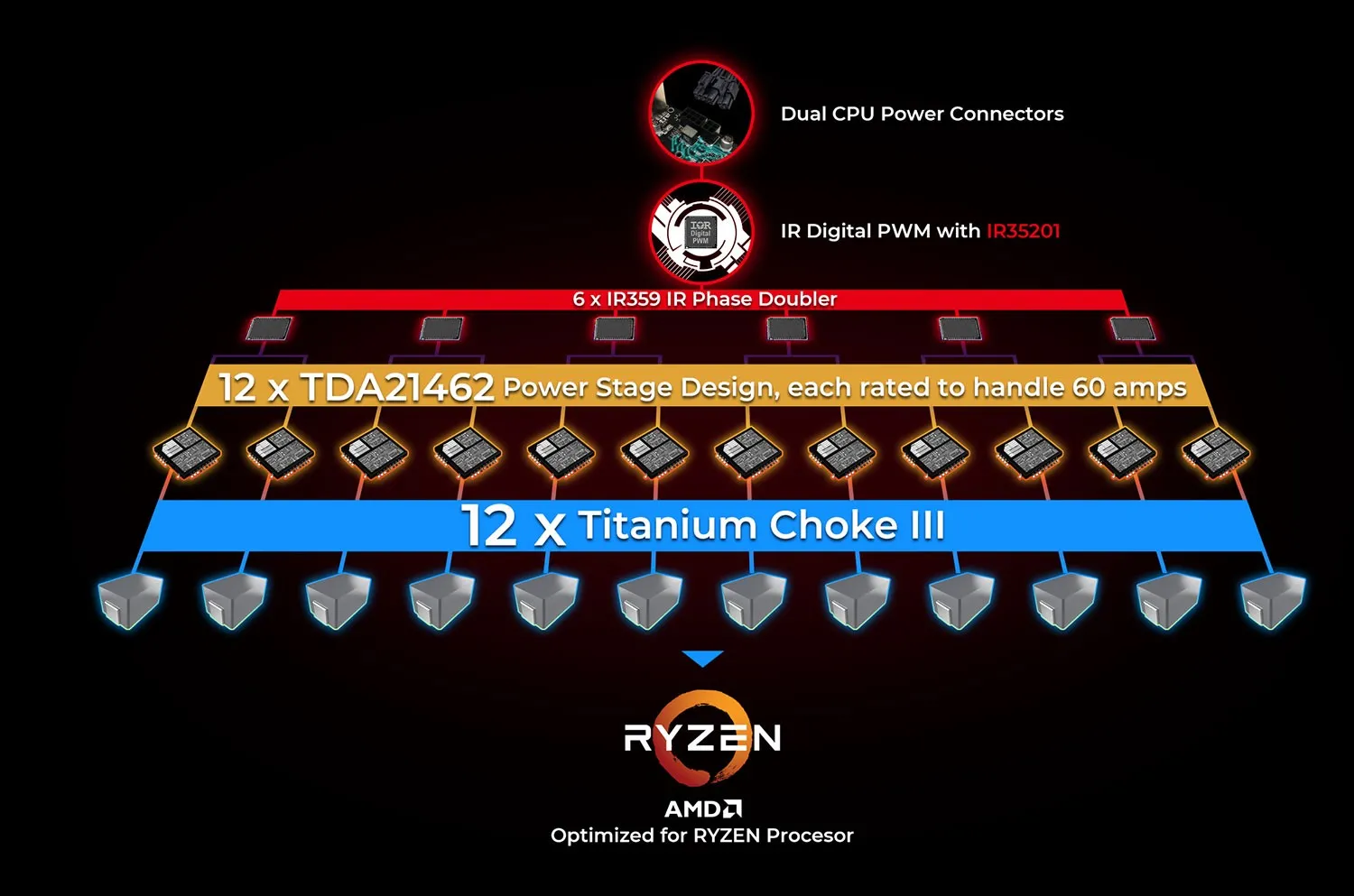
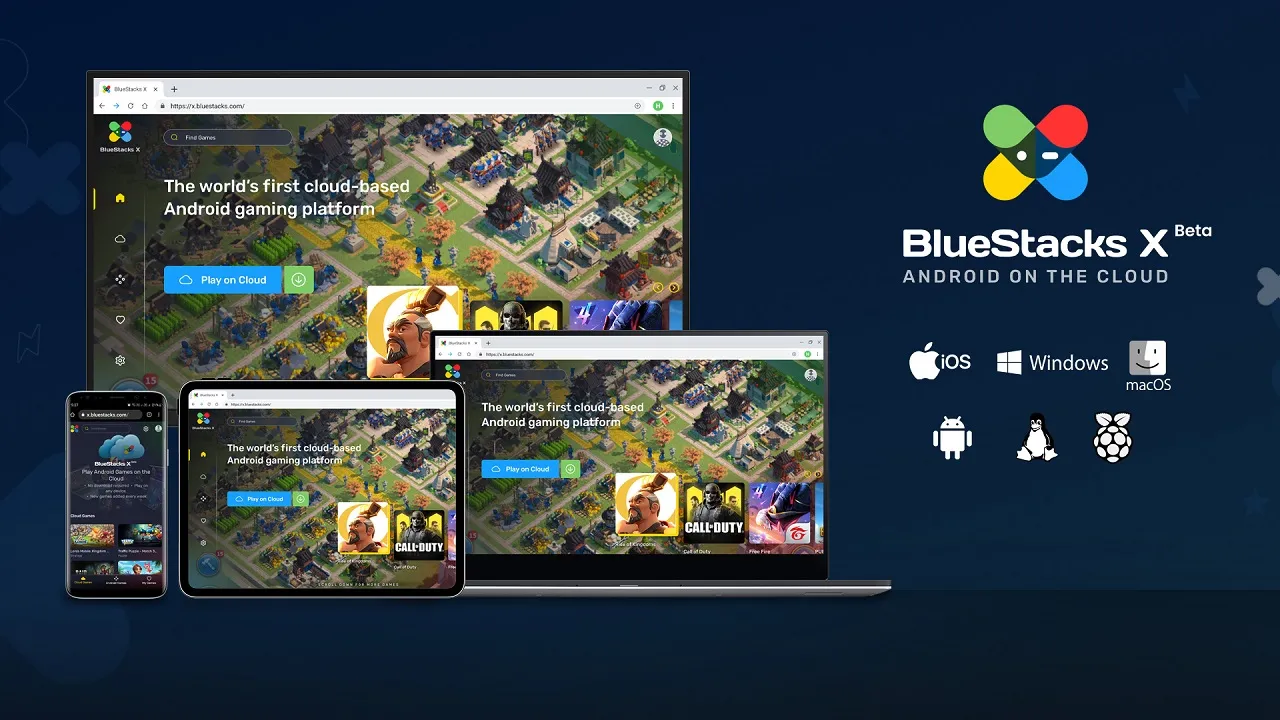

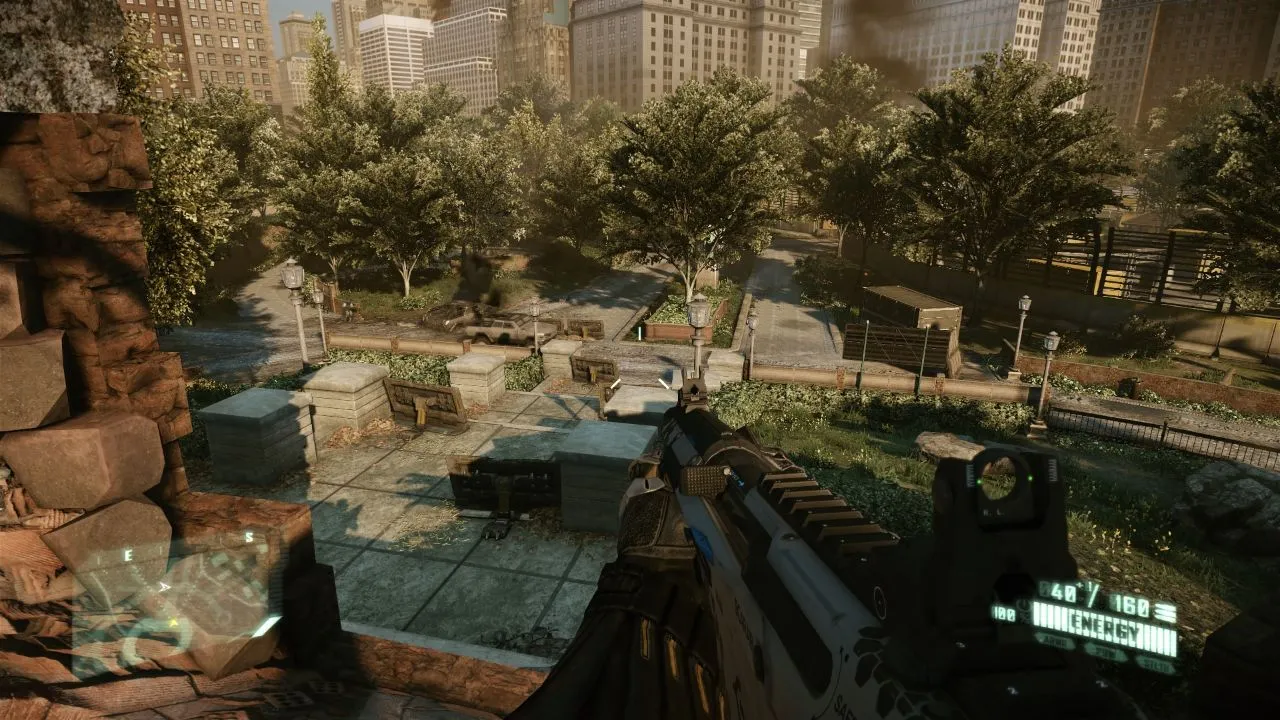
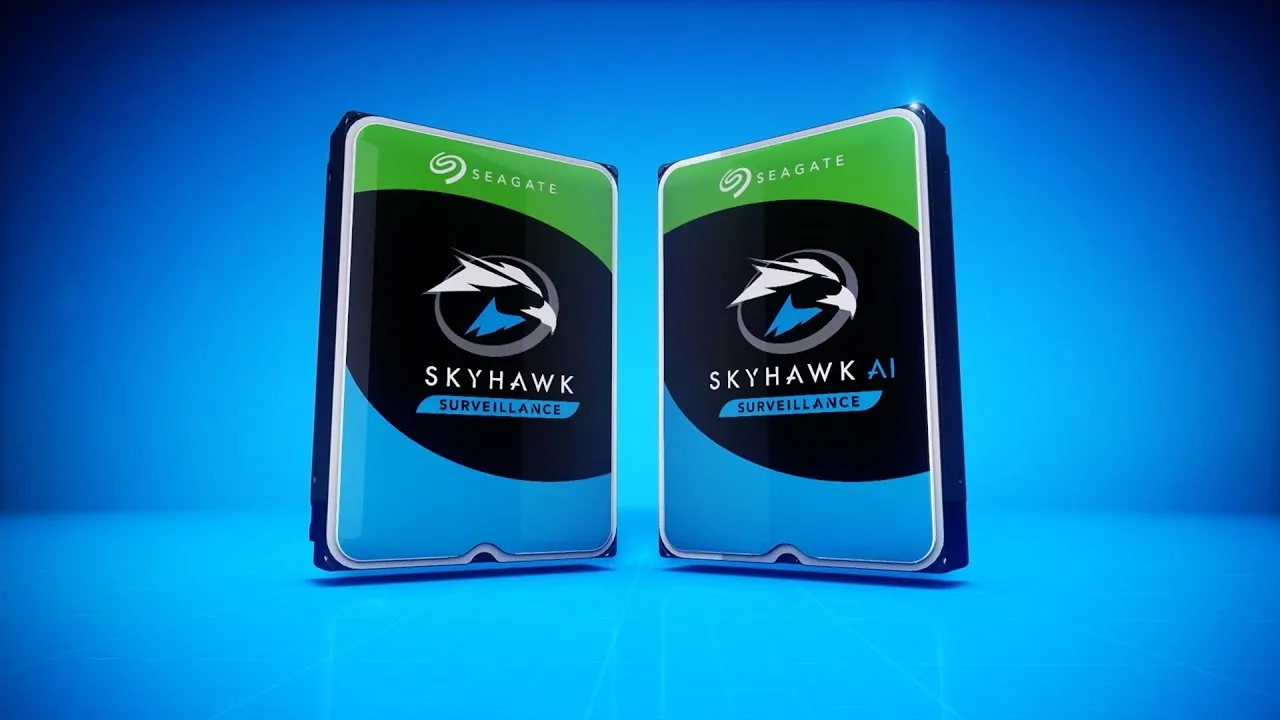
Comments (0)